Five years after its adoption, the Sustainable Finance Disclosure Regulation (SFDR) is up for review. A consensus has emerged on its inadequacy and led stakeholders to propose various blueprints for new fund classifications and disclosures. Reclaim Finance identified three unavoidable changes that must be made in the future SFDR, no matter the exact architecture of the framework. These changes – detailed in an advocacy note – involve (i) pushing fossil fuel developers out of environmental or social funds, (ii) setting additional minimum criteria tied to the specific non-financial messaging, and, (iii) tailoring transparency and advisory obligations accordingly.
The need for a SFDR review
The Sustainable Finance Disclosure Regulation (SFDR) adopted in 2019 triggered a vast movement of self-labelling by asset managers. Intended as a classification that would put some order in the European Union sustainable funds market, SFDR’s articles 8 and 9 quickly became a source of confusion. Indeed, the lack of clear criteria for the categories defined in the regulation gave too much leeway to asset managers to decide how to classify each of their funds. Category assignments were then regularly modified by asset managers depending on internal assessments of compliance risk, without clear justifications. These opaque changes created a major lack of clarity for those who wanted to use the SFDR categorization to make investment decisions.
The sheer complexity of the SFDR framework especially means that there is little added value for retail investors. On the contrary, article 8 and 9 classifications can even lead them to presume funds meet basic green credentials when this is not the case. Banking advisors are also struggling with the vagueness of the regulation and have limited knowledge on the exact meaning of article 8 and 9 and on the content of related products, thus potentially amplifying retail investors’ confusion.
Three essential changes
In this context, the inadequacy of SFDR and necessity to review it has become consensual However, how to do so has not. While some learned from the failure of the 1st version that robust and explicit criteria for funds making non-financial claims were needed, others are still pushing for an approach that leaves asset managers free to decide what they put behind environmental and social claims, as they see fit.
In its advocacy note, Reclaim Finance does not propose a full architecture for a second version of SFDR. Rather, the NGO sets three essential criteria that are crucial to address greenwashing in funds and can be applied to any new proposed architecture.
Indeed, a new and relevant SFDR must be:
- Excluding fossil fuel developers from funds making environmental or social claims.
- Setting minimal requirements reflecting different ESG messaging and claims, including for “green/climate”, “transition” and “impact” claims.
- Aligning transparency and advisory obligations, through principal adverse impacts (PAIs) adjustments and changes to the Directive on markets in financial instruments (MiFid) adjustements.



